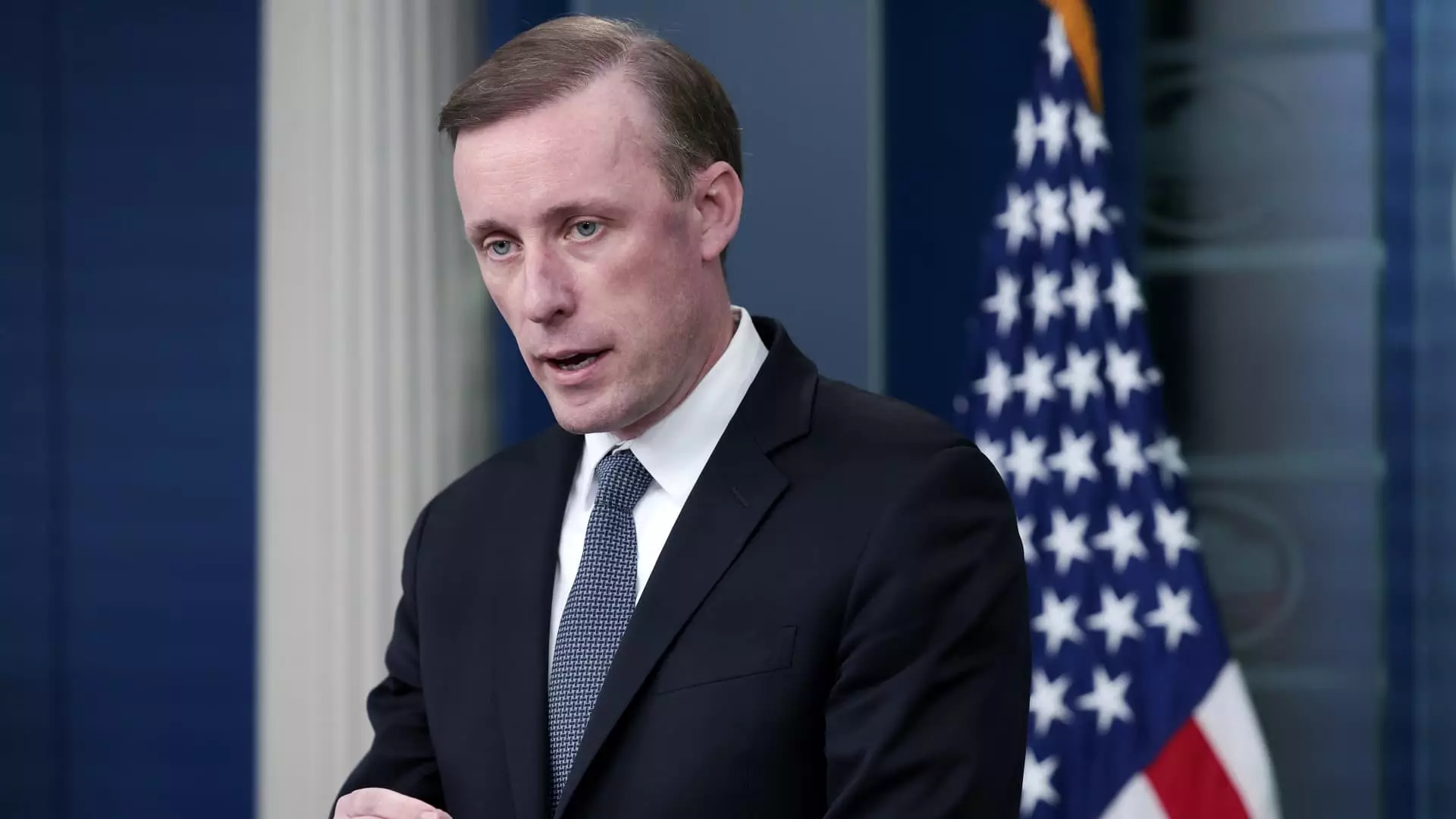In recent news, National Security Adviser Jake Sullivan has announced that the United States will be conducting further military action against Iran-backed groups. This decision comes amidst escalating tensions in the Middle East, despite Sullivan’s insistence that the US is not seeking a wider conflict in the region. The purpose of this article is to analyze the ongoing military response and its implications for the United States and the Middle East.
Sullivan made it clear that the US will respond when American forces are attacked, emphasizing that this has been the President’s stance from the beginning. He confirmed that the recent strikes carried out by the US were not the end of the military response. Additional strikes and action will be taken to send a clear message that the United States will retaliate when their forces are attacked or their people are killed. This raises questions about the extent of the response and whether strikes inside Iran are being considered.
While Sullivan did not provide a definitive answer on whether strikes inside Iran are on the table, he stated that the President is determined to respond forcefully to attacks on US forces. At the same time, the administration is not seeking a wider war in the Middle East. It is important to strike a balance between sending a clear message and avoiding further escalation that could lead to a larger conflict. The delicate nature of the situation raises concerns about the potential risks involved.
The recent retaliatory strikes carried out by the US in Iraq and Syria targeted over 85 locations linked to Iran’s Revolutionary Guard and Iran-backed militants. These strikes were in response to a drone strike on an American base in Jordan that resulted in the death of three US troops and the injury of many others. The US, along with Britain, also led attacks against Houthi targets in Yemen in an effort to destabilize Iran-backed groups. The conflict in Yemen adds another layer of complexity to the regional dynamics.
Sullivan refers to these challenges as “distinct but related.” The spreading conflict in the Middle East presents a multifaceted situation that the Biden administration is attempting to address and prevent. It is crucial to recognize the different dynamics at play and find a comprehensive approach that takes into account the unique challenges posed by various groups and countries in the region.
Iran has denied involvement in the drone strike in Jordan, emphasizing that militants are acting independently. This denial adds to the complexity of the situation and raises questions about the true nature of the attacks. Moreover, Sullivan acknowledges the risk of potential retaliation from Iranian-backed forces. It remains to be seen how these tensions will escalate and what steps will be taken to mitigate the risk of further attacks.
The ongoing military response in the Middle East indicates the United States’ commitment to protect its forces and respond to threats promptly. However, striking a delicate balance between sending a clear message and preventing a wider war in the region is challenging. As tensions rise, it is crucial for diplomatic efforts to be made in order to avoid further escalation and seek a peaceful resolution.


Leave a Reply